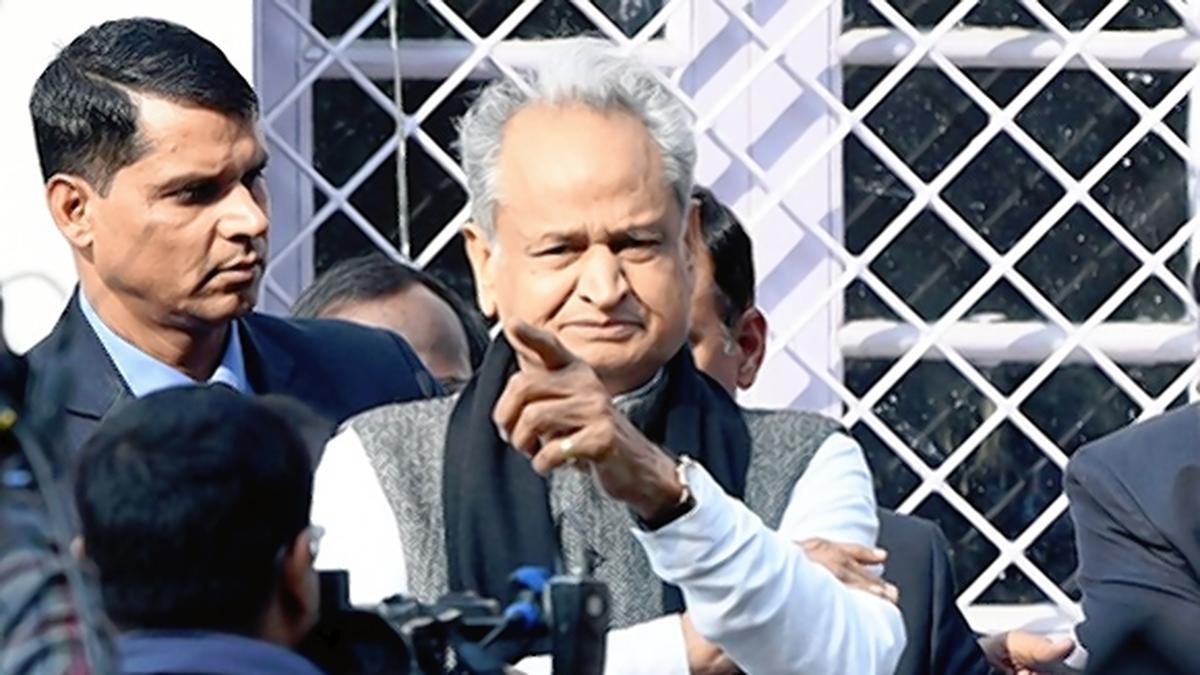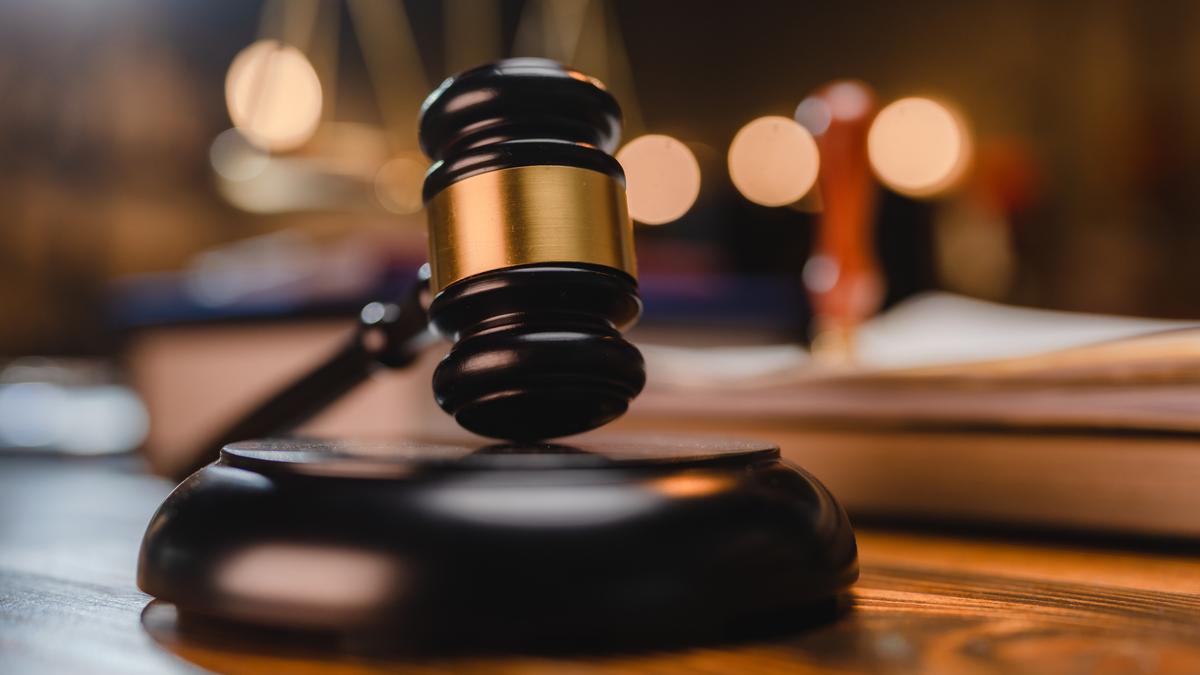ARTICLE AD BOX
Even as the stage is set for a UNESCO team to visit Sarnath soon, after the Buddhist site near Varanasi was nominated by India for the World Heritage List, the Archaeological Survey of India (ASI) is preparing to install a “corrected” plaque at the location to credit the family of an erstwhile local ruler for its preservation — instead of the British, The Indian Express has learnt.
Sources told this newspaper that the move is based on a proposal submitted by the descendants of Babu Jagat Singh to the ASI regarding the main plaque at the site. “Jagat Singh came from the family of the erstwhile Benares ruler Chait Singh. The proposal is for the new plaque to credit him for bringing to light Sarnath’s archaeological importance for the first time in 1787-88, and not in 1798,” the sources said.
The proposal challenges the perception that the site, which is associated with Lord Buddha’s first sermon, was preserved due to the efforts of British archaeologists and officers, and claims it was exposed during a digging exercise ordered by Jagat Singh.
The relevant portion in the plaque currently at the site reads: “…The archaeological importance of the site was first brought to light by Mr Duncan and Col E Mackenzie during 1798 AD, which was followed by a series of excavations by Alexander Cunningham (1835-36), Major Kittoe (1851-52), FO Oertel (1904-5), Sir John Marshall (1907), MH Hargreaves (1914-15) and lastly by Dayaram Sahni…”
When contacted by The Indian Express, ASI Director-General Yadubir Rawat confirmed that the year of the site’s exposure would be revised and corrected according to new findings.
Other senior ASI officials told this newspaper that the new plaque would be installed over the next few months. “Until 1861, when the ASI was set up under Alexander Cunningham and Sarnath became a protected monument, there was neither scientific research or documentation. So plaques at a number of monuments could have subjective assessments of the British officers concerned. Decades later, if something is found to be otherwise, it can be corrected,” an official said.
When contacted by The Indian Express, Pradeep Narayan Singh, a descendant of Jagat Singh, said the family has now sent a request to ASI to also revise the cultural notice board to reflect the change and “correct the misleading text”. Pradeep Narayan is among the patrons of a research committee set up in the name of Jagat Singh in Varanasi.
Story continues below this ad
According to the catalogue at ASI’s Museum of Archaeology at Sarnath, Jagat Singh had ordered digging at the ancient mound to procure material for constructing a building in the neighbourhood. At the time, a casket with Buddhist relics was also found at the site, parts of which are presently in the custody of Asiatic Society in Kolkata.
Earlier this year, following a previous submission by the family, the ASI had “corrected” another plaque at the Dharmarajika Stupa in Sarnath that described Jagat Singh as a “diwan” of the ruler and “destroyer” of the stupa. The revised plaque omits the descriptions and states the “structure came to light” due to him and was once known as Jagat Singh Stupa.
Following the latest proposal, the new main plaque may also include updated information about recent excavations at the site, including one by noted archaeologist B R Mani in 2013-14.
Speaking to The Indian Express, Mani, a former Director-General of the National Museum, said: “There is a common perception that everything started with Ashoka at Sarnath but it was a hub of human and religious activity well before Ashoka’s time.”
Story continues below this ad
Mani, who has worked with ASI for over 20 years including at Ayodhya, said his excavation was aimed at understanding what happened at Sarnath in the nearly 300 years between Buddha and Ashoka? “The evidence suggests that for more than a century before Ashoka, activities related to Buddhism were continuing at Sarnath,” he said.
Earlier this year, India officially nominated Sarnath for the UNESCO World Heritage List for the 2025-26 cycle — a move that could end its 27-year wait on the tentative list.
Apart from Dharmarajika Stupa, several Buddhist structures raised between the 3rd century BC and the 11th century can be seen at Sarnath, making it the most expansive ruins on the Buddhist circuit. Sarnath is also connected with Jainism even as the Ashoka pillar represents the country’s national emblem.
Besides English and Hindi, plaques at Sarnath include foreign languages, such as Japanese, owing to a large number of South Asia tourists visiting the site due to its relevance in Buddhism.
Story continues below this ad
India has been pitching itself globally as the land of Buddha. Recently, the Ministry of Culture issued legal notices to Sotheby’s Hong Kong to stop the auction of a section of Buddhist relics.



.png)
.png)
.png)

























 English (US) ·
English (US) ·